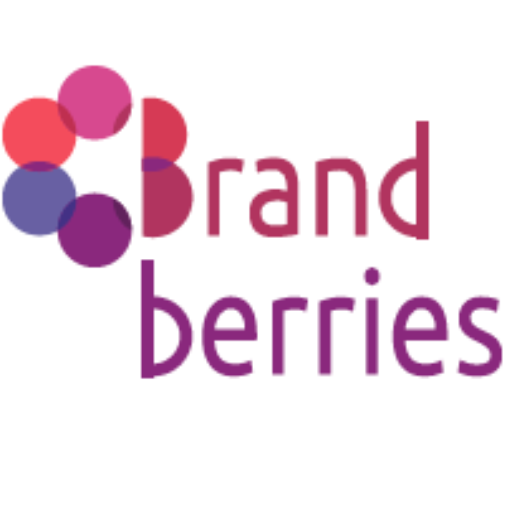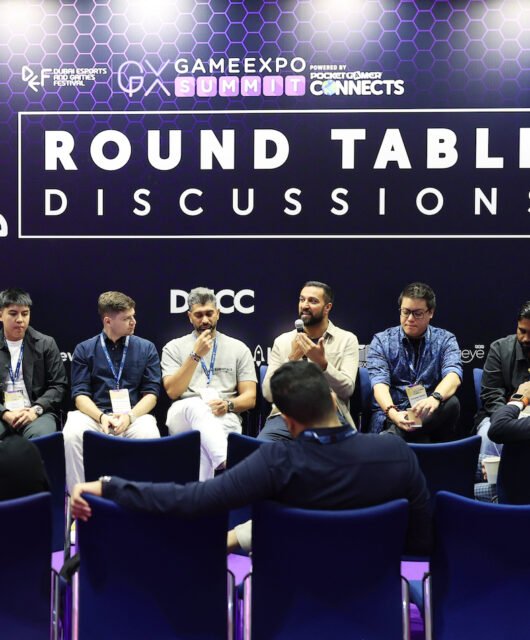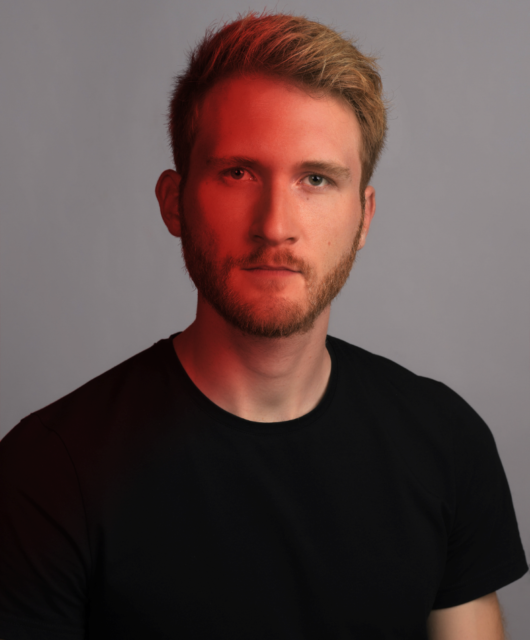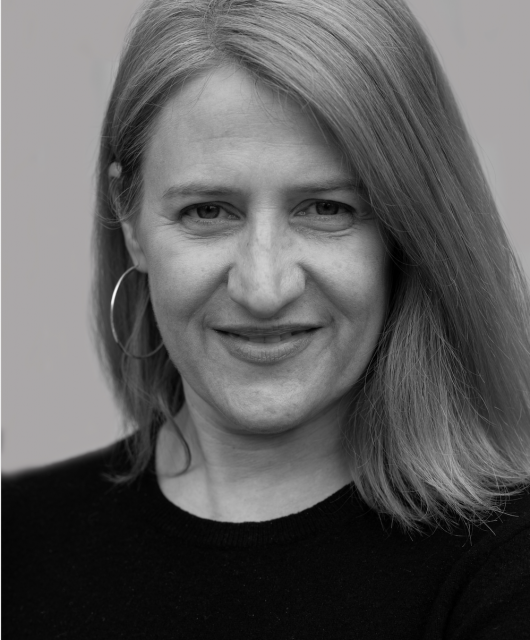Week: July 6th – 10th
by Interbrand
Several weeks ago, when the gravity of the situation became clear, Interbrand started regular reporting on how brands were dealing with the COVID-19 crisis. What’s now becoming clear is that the current climate is one of near perpetual disruption. So the brand consulting firm made the decision to keep on telling the stories of inspiring brand leadership and strategy amid the latest crises in an anxious world. Interbrand’s goal remains the same: to provide an up-to-the-minute source of information, inspiration and insight on brand moves as they happen.
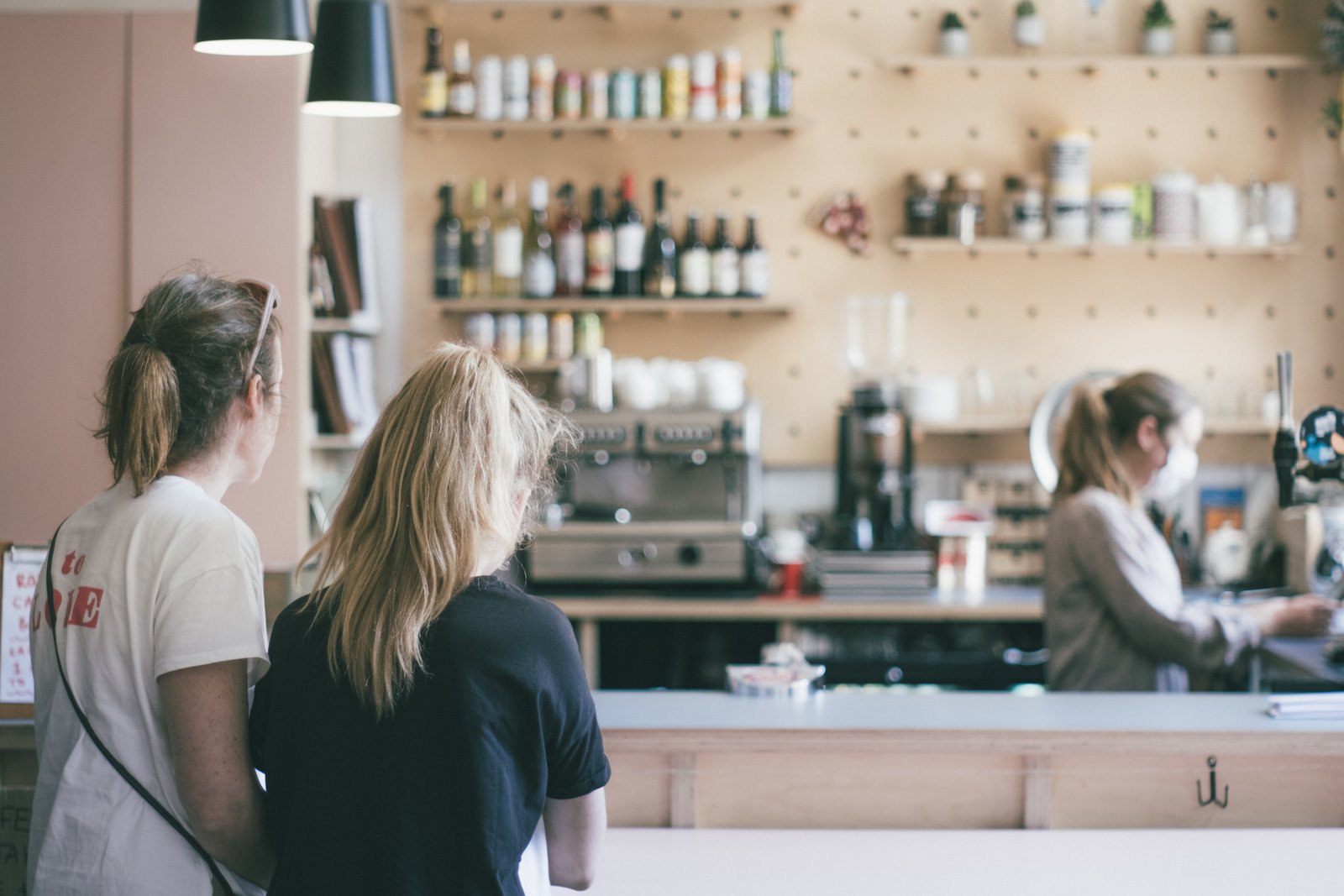
Technology & Social Media
Amid increased pressure from advertisers and campaign groups to quell the volume of hate speech on its platform, Facebook has committed to undergo an audit by the Media Rating Council to assess its brand safety controls and its partner and content monetization policies.
In a blog post last week, Facebook said this, plus earlier announced changes, such as its intention to label “newsworthy content” it would otherwise take down for violating its policies, was a “direct result of feedback from the civil rights community collected through our civil rights audit.” Facebook said it also expects the audit to cover its partner monetization policies and content monetization policies – the rules publishers and creators must abide if they want to make money from their Facebook content through ad revenue – and how it enforces them.
David Gunzerath, MRC svp and associate director said the MRC would also like Instagram to be included in the audit. “We think it’s important that our audit be full scope, with as broad a level of coverage as is possible of the various platforms on which Facebook sells advertising,” Gunzerath said. MRC’s audits are carried out by external accounting firms, primarily Ernst & Young. The company being audited picks up the tab and the cost, which depends on the scope of the audit and how many consultant hours are required, can range from hundreds of thousands of dollars to over a million dollars. It’s unclear as to how long the audit might take. Audits are also not one-time events. “We don’t go away once we audit and accredit,” said Gunzerath. “We audit again the next year. If we need to update the criteria, we will update the criteria.”
As Uber’s business has evolved amid the challenges of the pandemic, its app needed a refresh to reflect the company’s direction. Now, the first thing you see when you open the Uber app is the introduction of food delivery as an equal theme in the design, something Uber has been experimenting with since last year. But the pandemic has pushed the company to fully commit to making the Uber app about more than just rides.
When you first open the app, you’ll see a group of buttons representing various services, including two large buttons that lead to Uber’s two main services, Eats and Rides. Below those you’ll find a row of four smaller shortcuts that will link to newer Uber services, some of which are based on the Uber Eats model. The company’s services now focus on two basic scenarios – one where Uber helps you go somewhere (via an Uber driver’s car, a scooter, or a bike), and another where you get something (such as a meal from a local restaurant).
On the “go” side, Uber plans to offer the service of a driver and car for increments of time, instead of single trips. But most of the new services focus on “get” scenarios that leverage the Uber Eats model and where Uber drivers act as couriers. For example, you can order up an Uber courier to pick up something and deliver it to a friend across town using the Connect service. Uber plans to increasingly deliver things to you from local businesses, such as pharmacy products, home goods, or flowers, via its Direct service.
And you’ll see Uber competing with Amazon and Instacart in grocery delivery, where Uber contractors pick out and deliver your groceries. “Over a period of time, we think that we can shift behavior from one mode of behavior into multiple modes of behavior,” CEO Dara Khosrowshahi says of the new app experience. “And just as Amazon went from books to overall retail and opened up their marketplaces to third parties, we think we can really extend the definition of movement from moving you from point A to B, to moving… anything you want to have delivered to you.”
Travel & Hospitality
Royal Caribbean and Norwegian Cruise Line are teaming up to create a health and safety panel aimed at helping the cruising industry recover and set new cleanliness standards as it looks to resume voyages following the industrywide pause that began in March. “We compete for the vacationing consumer’s business every day, but we never compete on health and safety standards,” said Frank Del Rio, president and CEO of Norwegian Cruise Line Holdings, which also operates Oceania Cruises and Regent Seven Seas Cruises.
“While the cruise industry has always had rigorous health standards, the unique challenges posed by Covid-19 provide an opportunity to raise the bar even higher.” The Healthy Sail Panel will be co-chaired by former Food and Drug Administration commissioner Dr. Scott Gottlieb and former Utah Gov. Michael Leavitt, who also served as the US secretary of Health and Human Services from 2005 to 2009. The panel has already been convening for a month and is expected to deliver its recommendations by the end of August. “We’re on a problem-solving mission to help the cruise industry figure out how to adapt to a new risk environment we have never seen before,” said Leavitt.
Cruise operator Carnival Corporation – which owns Carnival Cruise Lines, Princess Cruises and Holland America – has said incentives such as flexible booking and low cabin prices have led to an “encouraging” amount of bookings or rebookings for 2021. While the U.S. cruise industry has agreed to a no-sail order through September, investors are looking to signs of a healthy business next year as the broader travel industry continues to weather the Covid-19 pandemic.
After the pandemic, said President and CEO Arnold Donald in a call with investors, “we expect demand to be more than adequate to fill ships in a staggered restart. We’re very encouraged by the booking numbers we see.”
A statement from the company filled in more facts: “Despite substantially reduced marketing and selling spend, the company continues to see demand from new bookings for 2021. For the most recent booking period, the first three weeks in June 2020, almost 60% of 2021 bookings were new bookings. The remaining 2021 booking volumes resulted from guests applying their [credit] to specific future cruises.” Carnival had earlier announced a return to waters by Aug. 1, but that has since been moved to Sept. 30. Carnival’s Aida cruise line, which operates in Germany, will resume cruising in August with social distancing guidelines on board.
McDonald’s in the Netherlands has teamed up with oil company Neste and logistics firm HAVI to turn its used french fry oil into renewable diesel fuel. Launched this quarter, the circular economy partnership sees Neste convert the oil, which is then used in the HAVI trucks that deliver supplies to McDonald’s. The Neste MY Renewable Diesel emits up to 90% fewer greenhouse gases into the environment, as compared to diesel from fossil fuels. All 252 McDonald’s restaurants in the Netherlands will participate in the scheme, and Neste and HAVI are seeking to convert other restaurants’ cooking oil into renewable fuel.
Impossible Foods has partnered with activist-athlete Colin Kaepernick for a multi-city program that will feed residents in underserved communities. Through the former NFL quarterback’s nonprofit group, Know Your Rights Camp, the brand will hand out packages with its plant-based products to local families and serve cooked meatless burgers via on-site food trucks in San Francisco, New York, Los Angeles and other cities through the end of the year.
Impossible, one of the major players in the faux-meat category, has pledged to donate at least 1 million meals this year, with 100,000 pounds of its products already going to food banks and more than 750,000 front-line medical workers, first responders and others since the start of the pandemic.
“There’s a stigma around food insecurity that shouldn’t be there,” said Jessica Appelgren, vp of communications for Silicon Valley-based Impossible. “It’s the new normal of how a lot of people are living right now, and it’s disproportionately impacting communities of color.” The problem already existed, but the onslaught of the coronavirus has accelerated the need, she said. By the end of April, more than one in five households in the U.S. and two in five households with children under 12 were food insecure, according to the Brookings Institute.
The partnership comes on the heels of a first look development deal between Kaepernick and Disney and another high-profile TV project with director and producer Ava DuVernay. Meanwhile, Kaepernick’s group and Robert F. Kennedy Human Rights have each committed $1 million for bail funds for those arrested during recent protests.
Sports & Entertainment
Japan has been among the first countries in the pandemic era to restart large-scale sporting events with spectators. Five baseball games went ahead on Friday evening in five different cities across the country, taking in spectators for the first time this season, as the Japanese government pushed on with its plan to reopen the economy. From Friday, events with as many as 5,000 people are allowed.
Major League Baseball teams are paying close attention to procedures that Japan and Korea are putting into place for the return of spectators. Ticket sales account for the bulk of revenues for the teams, which are racking up big losses on player salaries. Japan’s baseball season kicked off on June 19 after a three-month delay, initially without any fans watching.
Baseball in Taiwan, which has reported 451 Covid-19 cases, has included fans since May and recently stopped requiring people to wear masks. In Japan, fans attending Friday’s games were met with a slew of new rules: no loud yelling, no high-fives, no towel twirling and no shouting through hands cupped like a “megaphone.” Beyond the risk of gathering thousands of people together in crowds, research shows that yelling and singing are particularly dangerous because of the tiny respiratory particles emitted. League officials encouraged fans to use electronic whistles and devices to play pre-recorded cheers, instead. Masks were mandatory and entry into the stadium was barred for anyone showing cold symptoms or whose temperature was above 37.5 degrees Celsius (99.5 degrees Fahrenheit).
The Disney Plus premiere showing of hit musical Hamilton over the July 4th weekend was hugely successful, according to just-released figures. From Friday through Sunday, the Disney+ app was downloaded 752,451 times globally, including 458,796 times in the U.S., according to analytics firm Apptopia.
That means that in the U.S., total Disney Plus downloads were 74% higher than the average of the four weekends in June 2020 over comparable time periods (Friday through Sunday). Worldwide, app downloads were 46.6% higher this past weekend than the average of the four prior Friday-Sunday totals. Disney had moved up the release by more than a year as the pandemic left viewers with fewer viewing options – major American sports are still paused, and new movie and TV show production has ground to a standstill.
Hamilton joined ESPN’s The Last Dance documentary series about the 1990s Chicago Bulls in accelerating their release dates to capture audience demand. However, Google Trends data indicates that interest in downloading ESPN+ when “The Last Dance” was released April came nowhere close to the Disney+ surge this weekend. In terms of net subscriber gains, the Hamilton bump for Disney Plus was certainly higher than the mobile app data reflects, given that people could sign up for the service online and through smart TVs (and may not have also downloaded it on mobile), noted Apptopia’s Adam Blacker, VP of insights and global alliances.
As of early May, Disney Plus had signed up 54.5 million subscribers worldwide just six months after its launch. In the U.S., it costs $6.99 per month or $69.99 per year. The Hamilton movie, featuring the original cast, is a “live” recording of the musical captured via six cameras as it appeared on stage in New York. Amid the COVID-19 crisis, Disney shifted the film to a direct-to-streaming release about a year before it was originally scheduled to play in theaters.
Japan’s theme parks are urging patrons not to yell on roller coasters to slow the spread of the coronavirus. In a recent video, top executives from one of the country’s parks rode a roller coaster in total silence. The video, which was released by Fuji-Q Highland Park, ends with the message: “Please scream inside your heart.”
The no-yelling recommendation was included in a set of reopening guidelines released in late May by the East and West Japan Theme Park Associations, which comprises dozens of major park operators. The rules have been adopted by most of Japan’s theme parks, but people weren’t sold that riding roller coasters without screaming would be possible, so Fuji-Q decided to prove it to them. “We received complaints that the theme park association’s request to not make loud noises was impossible and too strict,” a Fuji-Q spokesman said.
“That’s why we decided to release the video.” The theme park association’s guidelines also suggest more standard safety protocols that have been widely adopted by businesses around the world, such as facemask requirements, temperature checks, reduced capacities, and an emphasis on social distancing.
Fashion & Retail
The coronavirus crisis has forced fashion labels to move from physical events to online showcases, and Chanel’s contribution to the first digital couture fashion week was a one-minute-22-second film on its website with models Rianne van Rompaey and Adut Akech wearing 30 outfits from the house’s most elite collection.
This video was showcasing creative director Virginie Viard’s designs to the couture customers who might be tuning in. It contrasted with other brands’ take on going digital, such as Schiaparelli’s film of designer Daniel Roseberry sketching his collection or Christian Dior’s narrative of mythical creatures being coaxed into couture dresses. The Chanel collection was inspired by the life of the late Karl Lagerfeld, with whom Viard worked for over 30 years at Chanel, before becoming creative director after his death in 2019.
This is the second video Chanel has released since the pandemic. The first, for the “cruise collection”, was released on 8 June. The seven minutes of models standing in front of imagined seascapes and on elegant balconies was criticised as not reading the room while the news cycle focused on the emerging protests around George Floyd’s death and cities emerging from lockdown. However, the engagement rate – a measure of how much consumers are interacting with content online – has risen from 7.2% for last year’s physical cruise show to 8.5% for this year’s digital one, perhaps demonstrating that consumers appreciate a straightforward approach to fashion presentations.
Spanish luxury fashion house Loewe presented its Spring/Summer 2021 menswear collection not at Paris Fashion Week, but in a box. As the coronavirus pandemic continues to disrupt daily life, Loewe and its creative director Jonathan Anderson looked to tell a story by other means, developing a storyline and providing something real that “showgoers” could still interact with, even if the collection was not being presented on a runway.
Instead, Loewe offered a tactile experience with its box, starting with a letter from Anderson and following with an inspiration booklet. Inside the large linen-covered box file was a pop-up show set, a flip-book of photos of the clothes on mannequins, a paper-pattern of one of the garments, print-outs of sunglasses to try on, textile samples, a set of paper pineapple bags and looks to stick together to make your own 3D ‘models,’ and a pamphlet listing Anderson’s art history inspirations.
Alongside the box was a 24-hour Anderson-curated worldwide live summer festival of arts, crafts, and conversations on Loewe’s Instagram page and website. “My whole thing is to do something in each time zone,” he said. The program rolled from Beijing time onwards, connecting with (amongst others) crafts-collaborators Kayo Ando, who showed the art of Shibori, paper artist Shin Tanaka from Japan and the basketweave artist Idoia Cuesta in Galicia, Spain, with music curated by Adam Bainbridge (aka Kindness), who showcased calming ‘medley’ versions of Finnish musician Pekka Pohjola’s Madness Subsides, performed by Park Jiha in Korea, performer and producer Starchild, French-Malagasy pianist and bandleader Mathis Picard, and American harpist Ahya Simone.
Holding it all together in the digital space is turning out to mean more sharing of the glory and less behind closed doors mystique, Anderson said. “I think that fashion now has to get rid of all the layers and just say, ‘This is what this brand does, and we’re going to do it with conviction.’ It has to be real.”
Walmart plans to launch a new Amazon Prime-type subscription service later this month called Walmart+. Costing $98 a year. It will include perks like same-day delivery of groceries and general merchandise, discounts on fuel at Walmart gas stations, and early access to product deals. Walmart originally planned to unveil Walmart+ in late March or April, but the retailer pushed back the launch date after the Covid-19 pandemic began sweeping across the US.
While Covid-19 panic-buying helped boost Walmart sales to record highs earlier this year, its US e-commerce presence is still only around an eighth the size of Amazon’s. Today, Amazon is valued at $1.5 trillion, while Walmart is worth $337 billion. And while Walmart’s overall grocery business is larger than Amazon’s, one fear at the Bentonville, Arkansas, retailer is that top Walmart customers could eventually turn to Amazon for groceries as well, as they get sucked further into the Prime suite of perks.
When Walmart+ launches, the annual membership is expected to include unlimited same-day delivery of groceries and other goods from Walmart Supercenters, reserved delivery slots and open slot notifications, as well as some access to Walmart’s new Express two-hour delivery offering, though not unlimited usage.
During the pandemic, customers have run into issues securing grocery delivery slots in some parts of the country as companies like Walmart and Amazon struggled to handle drastic increases in demand for online grocery services.
Walmart+ perks are also expected to include a Scan & Go service that would allow shoppers to check out in Walmart stores without waiting in line – a tool Walmart briefly tested but discontinued nearly two years ago. A Walmart+-branded credit card will also be introduced at some point after launch. Walmart also has plans to add video entertainment components to the program, though the details remain unclear.
This week, Walmart is unveiling an online family entertainment program called CAMP by Walmart, in partnership with the retail startup CAMP and the online video technology firm Eko. This video content, featuring celebrities like Neil Patrick Harris, Drew Barrymore, and LeBron James, will be free to all Walmart app users this summer. But the program could point to a future where similar programming is gated off for Walmart+ members.
Brazil-based fashion brand Amaro is engaging customers in video game Animal Crossing: New Horizons to help create its next collection. Amaro created a virtual influencer, Mara, to model clothing amidst restrictions on in-person photo shoots, and then created an avatar for Mara in Animal Crossing.
Players can visit Mara’s ‘island’ to interact with her and show off their own avatars’ unique outfits. Amaro’s designers are analyzing players’ outfits and picking their favorites, which will be produced and sold in real life as part of Amaro’s next collection: The Cross Collection. Gamers will be rewarded with vouchers if their designs are chosen. As of this month, at least 13 styles are in production.
The Cross Collection will be released later in 2020. For many consumers spending less time out in the real world, the ‘real world’ is increasingly in game environments like Animal Crossing. Thanks to COVID-19, the number of gamers globally is expected to jump to 2.7 billion in 2020, up 135 million from last year.
Brands, observing this, are meeting those customers where they’re at. Beauty brand MAC, for example, is letting fans of The Sims create customizable makeup looks for their characters, while Warner Bros just held a movie night within Fortnite. Amaro’s initiative also reflects another popular COVID-era engagement strategy, especially for those brands considered less ‘essential’ during the outbreak: calling on consumers to unleash their creativity – and promising fame (at least, social media fame) to the most imaginative among them.
Alexander McQueen is spotlighting ‘McQueen Creators’, whom it challenged to create art based on select images, on its Instagram while The Getty Museum tweeted its followers’ hilarious renditions of classic paintings.
Health & Education
Wearable tech company Fitbit have launched a COVID-19 study seeking to build an algorithm to detect COVID-19 before symptoms start, according to Shelten Yuen, VP, Research. “There is a significant acceleration of the potential for wearables when it comes to early disease detection,” he said. “Not only do wearables enable scientists on the forefront of COVID-19 research to reach more people and gather more data quickly, they also track key health indicators like resting heart rate and heart rate variability, which could be important in identifying COVID-19 before individuals show symptoms.
We’re on track to hit 100,000 participants within just two months of launch. We’ve seen signals such as subtle changes in breathing rate or heart rate variability one to two days before symptoms are reported by the user. These indicators may help provide earlier insight into changes in someone’s health. This is important because the CDC recently estimated that 40% of coronavirus transmission is occurring before the onset of symptoms.”
To read the full report, please download here.
To access daily Brand Moves, please visit www.brandchannel.com.
